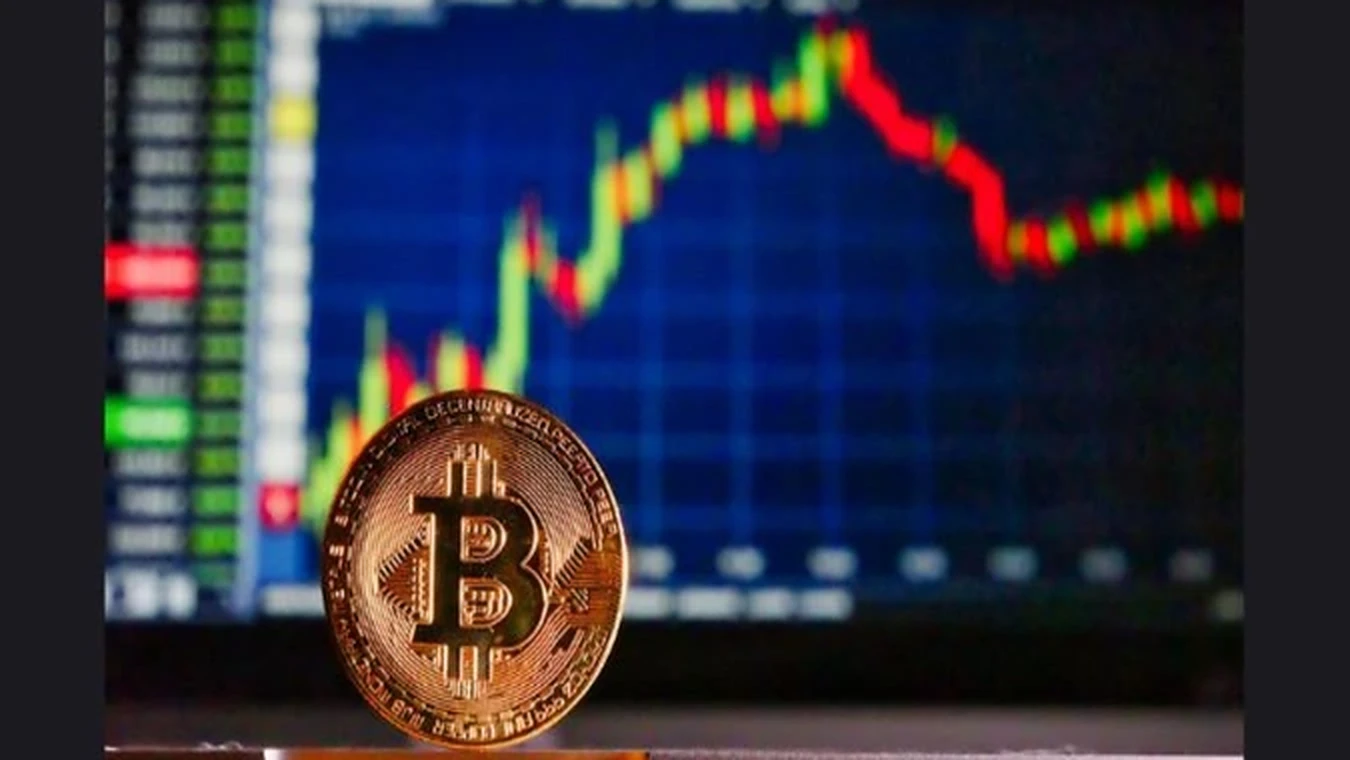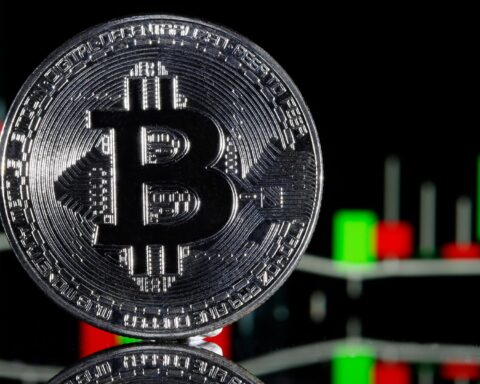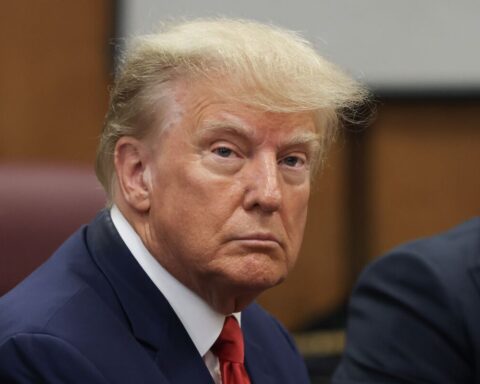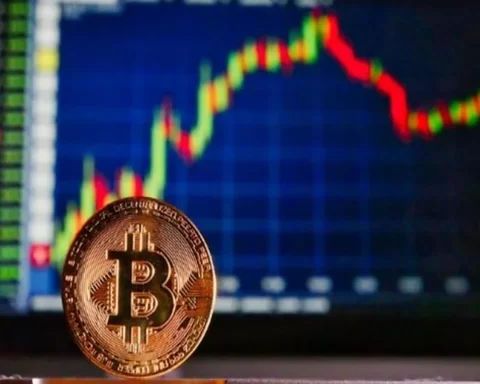As inflation persists and government deficits remain unsustainable, store of value assets like Bitcoin continue to gain traction, according to Zach Pandl, Grayscale’s managing director of research.
Pandl highlighted to Cointelegraph the correlation between ongoing fiscal pressures and the appeal of cryptocurrencies.
“We expect persistent inflation and unsustainable budget deficits to contribute to continued demand for store of value assets, like Bitcoin,” he explained.
The economic landscape, marked by high inflation rates, means that the Federal Reserve is unlikely to lower interest rates in the near future, Pandl suggested.
Despite this, he remains optimistic about the future of cryptocurrencies, pointing to factors such as Bitcoin’s upcoming halving event, scheduled for April 20, along with increasing economic growth and broader crypto adoption, as potential catalysts for price increases.
“The Fed won’t be able to cut rates for a while with core inflation this high, but booming nominal growth, the Bitcoin halving and adoption trends like tokenization should create a supportive environment for crypto markets,” he stated.
In March, inflation rose by 0.4% month-on-month and 3.5% year-over-year, slightly above the forecasts from a Dow Jones economists survey, which anticipated a monthly increase of 0.3% and an annual rise of 3.4%.
The persistent high inflation has led many experts, including Pandl, to anticipate delays in any potential reduction of interest rates by the Fed.
This sentiment was echoed by Ernst & Young chief economist Greg Daco, who, in an interview with Yahoo Finance, noted that elevated inflation rates would compel policymakers to maintain a higher-for-longer monetary policy stance.
READ MORE: Bitkub Capital Gears Up for 2025 IPO with Major Expansion, Aiming to Cement Leadership
Despite the challenges, Pandl sees a silver lining for cryptocurrencies over the long term.
He acknowledged that rising real interest rates might temporarily dampen crypto enthusiasm but underscored the enduring demand for store-of-value assets.
From a broader perspective, the real interest rate for 10-year terms experienced a notable increase, jumping 19% from the previous month to 1.934.
Historical data shows that significant spikes in the 10-year real interest rate often lead investors towards less volatile options like bonds and term deposits, impacting Bitcoin prices negatively.
For instance, a 52.35% surge in the 10-year real interest rate from December 2017 to January 2018 correlated with a significant 28% drop in Bitcoin’s price during the same period.
Following the latest CPI data release, Bitcoin also saw a slight decrease, with prices dipping 2.5% on April 10, as per data from Cointelegraph Markets Pro and TradingView.
Currently, Bitcoin stands at $70,640, according to CoinMarketCap. Crypto analyst Matthew Hyland recently noted an ascending triangle formation on Bitcoin’s chart, suggesting a new resistance level above $71,500, with the price peaking at $72,329 on April 8.
To submit a crypto press release (PR), send an email to sales@cryptointelligence.co.uk.




